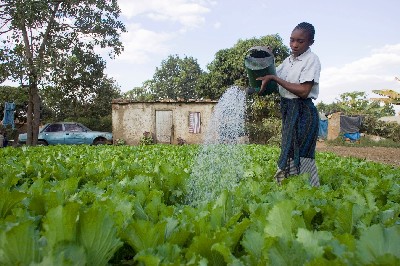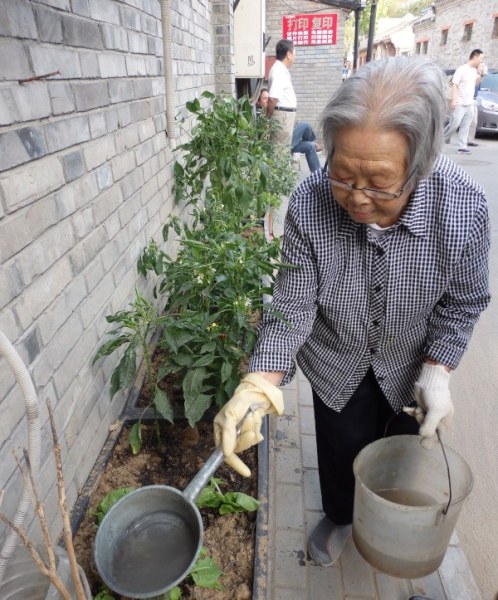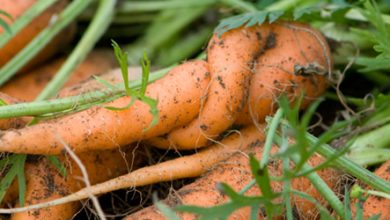Urban Agriculture according to the FAO

The FAO (Food and Agriculture Organization of the United Nations) places increasing importance on urban agriculture. The growth of the world population and its concentration in cities makes it necessary to seek solutions that complement food production, without the need to transport it over long distances.
What is Urban and Periurban Agriculture (UPA)?
The FAO proposed the term » Urban and Peri-urban Agriculture « in 1999 to refer to the cultivation of plants and animal husbandry in small areas such as orchards, plots of land, margins, terraces…, located within or around cities, for own consumption or sale in local markets or for intensive/semi-intensive exploitation and the subsequent trade of the products.
This type of agriculture provides a wide variety of food from different crops (grains, vegetables, fruits…) and animals (small livestock: poultry, rabbits, goats, pigs, fish…) as well as non-food products: aromatic plants, ornamental or firewood (forestry).
Importance and usefulness of Urban Agriculture
Although at first the FAO tried to define and enrich UPA within the framework of food security and sufficiency in underdeveloped countries, and even today most of FAO’s work focuses on these countries, the reality is that this concept is also expanding to many cities in developed countries, expanding its objectives and purposes. Some of them are:
– Food security: response to the food crisis of the most disadvantaged urban population, allowing them to have fresh and quality food.
– Sustainability of cities and livelihoods.
-Collaboration in the conservation of the environment and resources.
– Creation of “greener” cities.
FAO’s role in urban agriculture
Already in the «Agriculture Committee» held in 1999, the FAO dedicated a period of sessions to the characterization and problems of UPA (you can see the report here: Urban and Periurban Agriculture Report). In these sessions, the United Nations Organization undertook to incorporate UPA-related programs into its actions, to support and promote this type of agriculture in the Member States and even to collaborate in its development in associated countries.
In this sense, FAO continues to strive to make UPA a recognized economic activity that forms part of agricultural development plans, urban planning, and national and local food and nutrition programs. To do this, it carries out multiple actions:
– Hundreds of programs and technical projects and initiatives that support the AUP: Special Program for Food Security, Decentralized Cooperation Programs, From the school garden to School Food and Health, Food for cities, or TeleFood.
– Publication and dissemination of reports, manuals and data sheets that focus on the importance and benefits of UPA, the successful experiences carried out or that guide governments and urban farmers so that they contribute adequately to the development of this exercise. Here are the links to some of these documents:
- Urban Producer Reference Manual
- Urban agriculture in the fight against hunger and poverty
- Food for the cities
- With micro-gardens, the urban poor population produces what they consume
- Create greener cities
- Impact of AU products on food security, the economy and employment
- Ensuring the safety of AUP products
– Advises governments and administrations to improve policies and services for UPA.
– Collaborates in the development of the UPA sector by providing data and evidence of its contribution to food security.
-Organization and participation in meetings, conferences and technical seminars such as Food, Agriculture, and Cities: challenges and way forward, held in Rome in 2009, the International Seminar on Urban and Peri-urban Agriculture, in Havana (Cuba) in 2012, or Feeding Cities, in Philadelphia (USA) in 2013.

All of them are included within the FAO Program for urban and peri-urban horticulture, which bases the success of the development of this sector on the achievement of 5 very clear objectives:
1. Ensure political and institutional commitment: official recognition by governments of the importance of the UPA in urban and social development.
2. Ensure sufficient land and water for urban gardening through proper management by planning authorities and through the creation of community urban gardens that use rainwater harvesting systems
3. Guarantee the quality of products from urban horticulture and protect the environment.
4. Achieve the participation of all stakeholders in the UPA sector: encouraging the association of urban gardeners in the same area (cost reduction) and facilitating their linkages with governments, extension and research services, supply services, NGO’s etc.
5. Obtain new markets for fruits and vegetables in developing countries, since in many of them their consumption is much lower than recommended.
I hope you have found this article on the FAO approach to urban agriculture interesting. You can give your opinion by leaving a comment.


![Photo of Apple Tree Cuttings: [Grafts, Time, Rooting and Planting]](https://www.complete-gardening.com/wp-content/uploads/2022/08/apple-tree-cuttings-grafts-time-rooting-and-planting-390x220.jpg)
![Photo of How to Plant Tulips and Have a Spectacular Garden: [12 Steps + Images]](https://www.complete-gardening.com/wp-content/uploads/2022/08/how-to-plant-tulips-and-have-a-spectacular-garden-12-steps-images-390x220.jpg)
